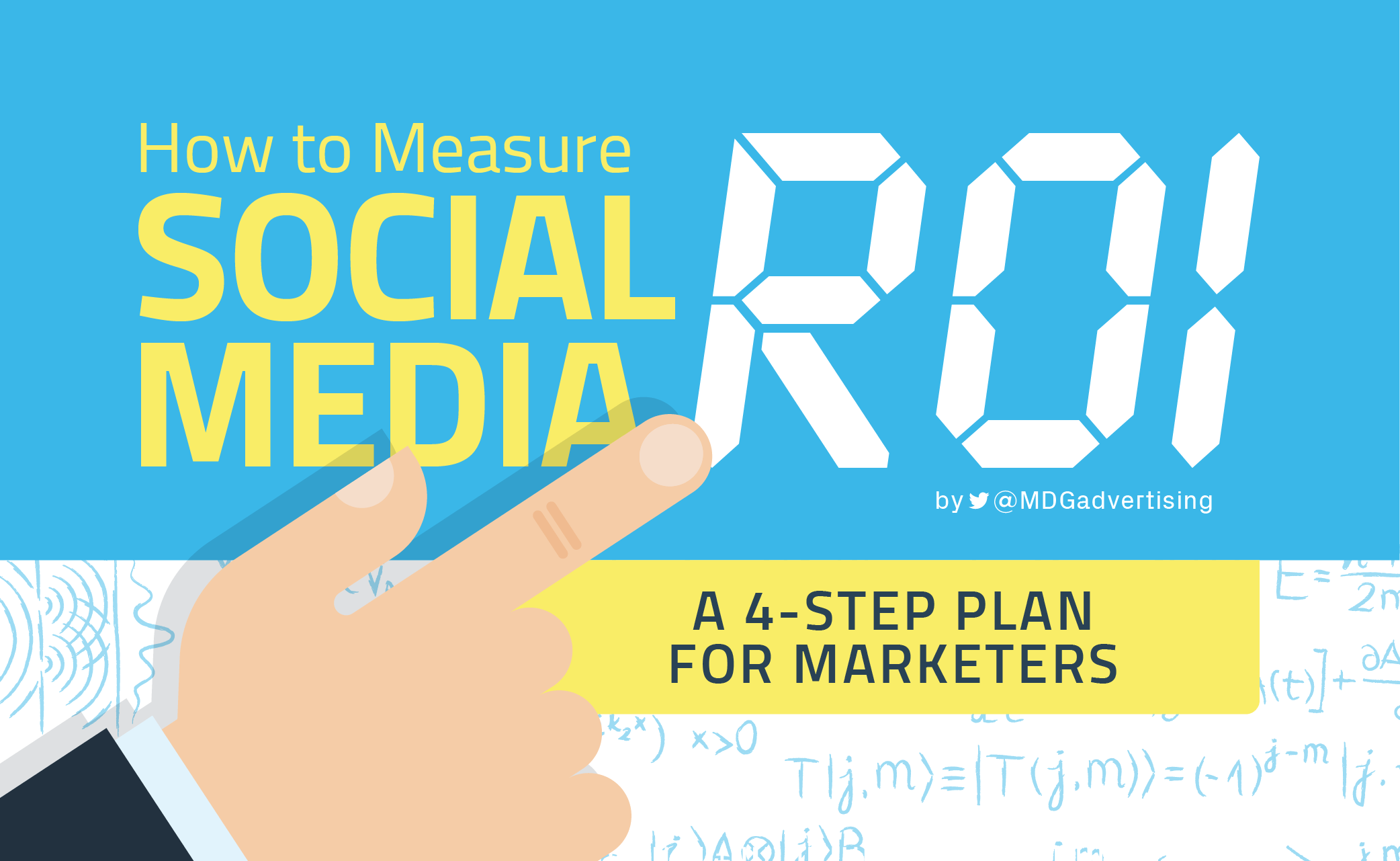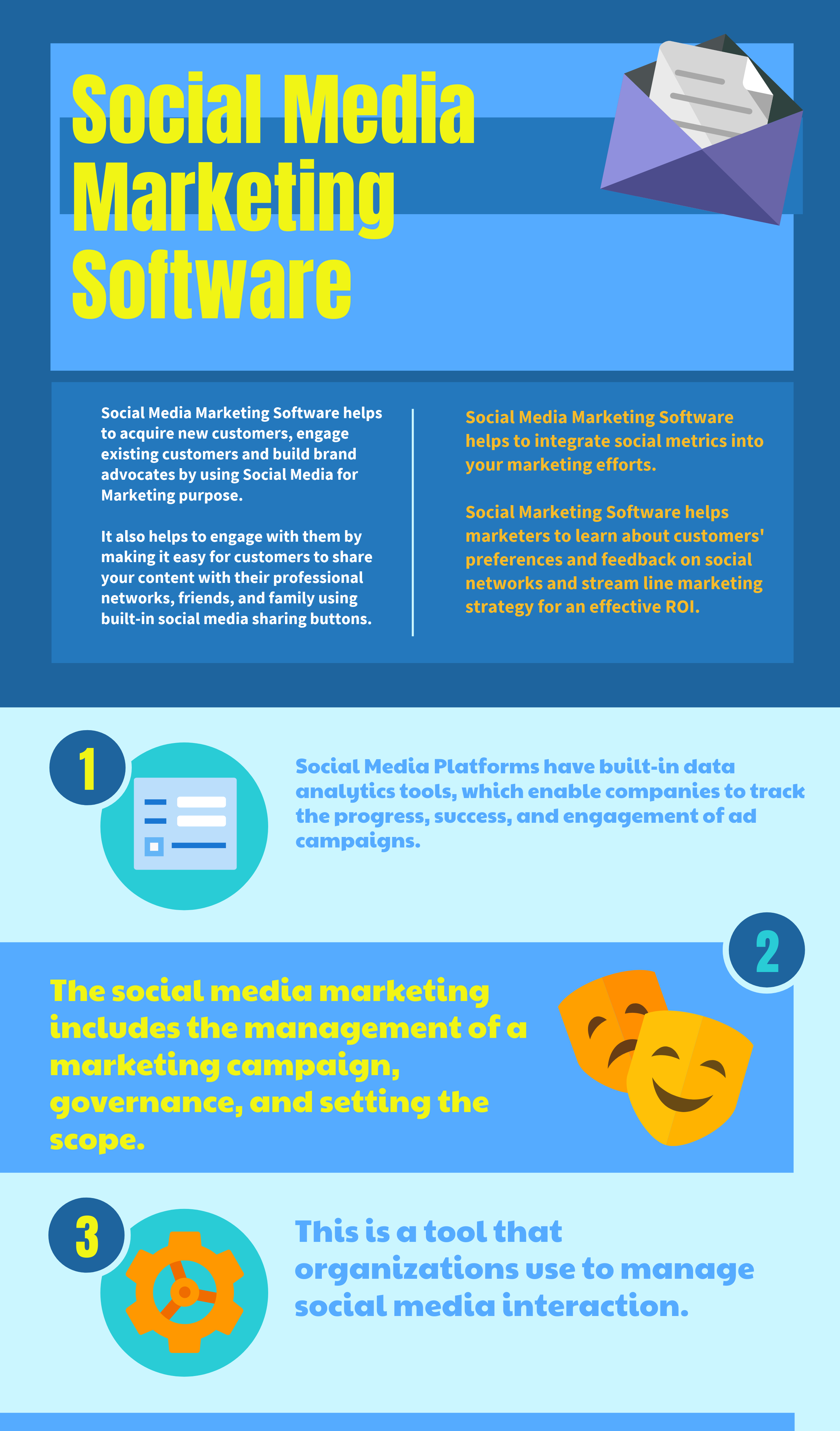
Monitor your competitors, customers and influencers. Also, keep an eye on industry trends. Using social media analytics can help your marketing team decide which content and campaigns are working the best. This can help you identify which content is not resonating well with your target audience. In 2015, 17% of companies integrated customer records throughout their business. This information can be hard to use to your advantage. These tips will help you make the most of social media monitoring.
Keep an eye on competitors
Social media monitoring is a great way to stay ahead of your competition and find marketing strategies that appeal to your target audience. Monitoring your competitors' social media activity will reveal how they communicate with their audience, how they use social media, and what they do that will help you stand out. These are some tips for monitoring your competitors' social media activity:
Subscribe to Sharelov - This free social media monitoring tool will allow you to monitor up to 20 Facebook accounts and 10 Twitter accounts. You can see the posts of your competitors and how they are received by their followers using its social media monitoring tools. This tool allows you to discover new hashtags and identify which ones work best for your marketing efforts. Once you've subscribed, you can use the Sharelov tool to monitor your competitors on Facebook, Instagram, and TikTok.
Monitor customers
Social media monitoring is essential for brands to keep pace with changing trends. Recent research shows that 75% US consumers tried new shopping methods in the past year. This is due to both personal and economic priorities. Consumers are quick to adjust to new situations and brands that fail to meet these needs will lose customers quickly to their competitors. 75% don't monitor social media. However, by proactively responding to customer inquiries, businesses can avoid becoming victims of disruption and improve customer loyalty.

A proper social media monitoring strategy allows brands to uncover any trends that may be affecting the brand's performance. Monitoring customer sentiments on social media allows marketers to monitor the effectiveness of various campaigns and determine which content is generating the most interaction. These tools allow marketers to determine which types and frequency of customers sharing content. If a company has a website, they can see which pages and posts are getting more engagement.
Follow influencers
One way to track influencer marketing efforts is to monitor the conversations and mentions of your target brand or product. You can accomplish this by setting up "Mention alarms", which are keywords that trigger a notification whenever someone talks about your brand. These notifications can be personalized to allow you to receive email or push notifications. Mention's Starter plan is for small businesses. This plan includes five basic alerts, 5,000 Mentions, 3 users, sentiment analysis, and an influencer dashboard.
While monitoring influencers on social media isn't a high-level marketing strategy, it does provide an excellent opportunity to gauge your brand's presence in the minds of potential customers. It's crucial to identify potential customers who are most likely and willing to buy from your brand. These people tend to have the biggest followings on social networking sites, so it's crucial to engage them with conversations about your company. You can also keep an eye on them for a few weeks or months to observe how they interact with your audience.
Follow industry trends
You can monitor industry trends by monitoring social media and you can also identify emerging consumer sentiments. Social media offers a wealth information about consumers that can be used to create effective marketing strategies. Conversation analysis can be used for uncovering new sources and topics. Start by categorizing social media conversations by category, opinion leader, journalist, practitioner, policyholder, and union. Then, you can segment data into clusters based on keywords. Filters allow you to identify the most important data sources and then apply these to your marketing strategies.

You can begin to develop your social media strategy once you have a good idea of the topics being discussed in your industry. You can use social media tools like Buffer to monitor industry hashtags, major industry influencers, news sources, and Twitter chats. You can also subscribe to feeds such as Feedly to monitor industry news and insights. To stay on top of industry trends, you can also track hashtags from conferences by following major industry influencers.
FAQ
How effective is content marketing?
Yes! Hubspot claims that content marketing is one of the three most important digital marketing channels for lead generation.
What are the content strategies for different topics?
Content strategy can be described as a broad term that covers all aspects of creating, managing, distributing, measuring, and optimizing content for digital channels. It's not just what you publish on social media sites such as Facebook and Twitter but also what you choose to highlight on your website, blog, and other online properties.
Content strategy is vital because it determines how you will focus your time and effort, the content types you should use, as well as what message you send to your target audiences.
It's all about understanding how content fits into your overall business goals and objectives in order to help achieve them.
What are the seven steps of content marketing
This seven-step content marketing process includes:
-
Identify the problem
-
Learn what is working right now
-
Find new ideas
-
Make them strategic
-
Test them
-
Measuring the results
-
Keep going with the same process until something works.
This approach has been proven to work well for businesses large and small.
What is strategic marketing?
Content Marketing is about creating and sharing valuable content across multiple channels. It's all about giving people what they want. This is what makes the most successful businesses.
Strategic Content Marketing will ensure that you provide them with exactly what they require at the right moment.
To understand people's interests and their thinking, you must first get to know them. Then, create high-quality content to answer their questions and solve their problems. This creates trust and loyalty that will ensure you are there when they need you.
Is Content Marketing right for me?
Absolutely! It works for all types of businesses. Content marketing is great for any business, no matter if you are selling products or services, providing support or training. It allows customers to learn more about your company and keep in touch.
Statistics
- Progress indicators (0–100%) allow each team member to see how attainable each goal is and understand what remains to be accomplished. (semrush.com)
- Companies that use content marketing see approximately 30% higher growth rates than businesses not using it. (mailchimp.com)
- Forty-seven percent of buyers view 3 to 5 pieces of content before engaging with a sales representative. (mailchimp.com)
- Content marketing produces 3X more leads per dollar spent. Content marketing costs 62% less than traditional marketing. (criteo.com)
- Seventy-two percent business to business (B2B) (mailchimp.com)
- This marketing strategy landed Ford a 15.4% conversion rate. (neilpatel.com)
- In fact, would pay more for a better customer experience, and 86% of B2B buyers would pay more. (neilpatel.com)
- Measure your goals with a progress indicator of 0-100%. Make your goals collaborative and transparent (semrush.com)
External Links
How To
What is a content marketing plan?
A content marketing plan (CMP), is a document that helps you to define your goals, objectives and strategies for building and executing an online presence. It is a plan for how to reach those goals via content creation and distribution.
The CMP usually breaks down into three major areas:
-
Your overall strategy. How do you plan to achieve your goals?
-
Your content strategy. Where are the best people to write, curate, distribute and promote your content?
-
Your strategy's execution tactics - What channels will you use for sharing your content? What type of content will your produce?
An effective CMP includes these four components:
-
Goal Setting – Define your target audience. Set measurable KPIs that will measure success.
-
Audience Research – Get to know your ideal customers and where to find them.
-
Strategy - Develop a clear vision of where you're going. Divide it into smaller chunks.
-
Execution - Set realistic expectations around when you expect to see results from your efforts.